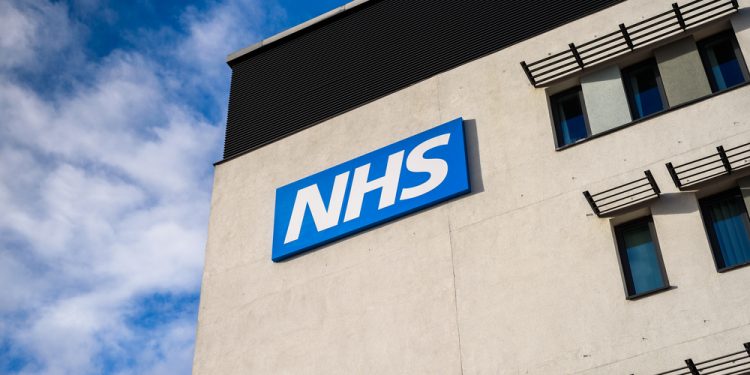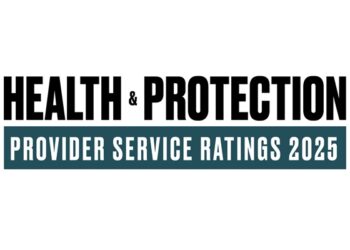Private health sector activity is 121% up on pre-pandemic levels while the practice of tiering – which sees independent sector provide support to NHS trusts – is “here to stay”.
This is according to industry experts taking part in the Westminster Health Forum’s (WHF’s) Next steps for waiting times and elective recovery in England webinar this morning.
Kicking off the event, Elin Jones, national programme director of elective recovery at NHS England, revealed a key element that has been added to NHS England’s elective recovery plan has been an intervention known as tiering.
Success of tiering
Jones explained tiering is a form of accountability and support for the providers facing the biggest challenges.
It was introduced in March 2022 after the publication of government’s elective recovery plan and is run regionally with national support making use of the independent sector to help improve performance at affected trusts.
Trusts can go and in out of tiering and Jones explained that one example of where it has worked is University Hospital Birmingham.
“They went into tiering for 104 week waits and really turned things around,” she said.
“So they worked in quite a mature system, working with partners including the independent sector, made some staffing changes, they really focused on getting their waiting lists clean and were able to turn their performance around.
“We think tiering is here to stay. That is something we have seen working and will also for the future,” she added.
Private work soaring
In a subsequent address John Hopgood, head of acute care policy at the Independent Healthcare Providers Network (IHPN), said private sector activity is 121% up on pre-pandemic levels.
And while the sector acknowledges capacity in the private sector can be ramped up to support the NHS temporarily, it wants more detail on how this will work long-term.
“There needs to be a long term view on how that looks so a provider can reasonably easily open a new facility,” Hopgood said.
“They’re only going to invest in that facility if they have a clear view of what’s going to be happening over the next two, four or 10 years.
“We’re not talking about guaranteed patient volumes or a guaranteed mass of money, but a really clear idea of planning and what those priorities are going to be.
“I think the long term elective recovery plan and things like the long-term workforce plan really help in shaping that and I think the next step is really looking at that contract and how that integration with Integrated Care Systems (ICS) work.
“I think the ICS model can be really great for building that relationship but we have to ensure we’re getting that entire system view including independent providers.
“And I think there are some really good examples of that from around the country but it’s still a little bit in development and we’re really keen to support that over the next year or two.”
Enabling choice and maximising capacity
Hopgood added imminent new procurement rules will also help ensure private providers can offer capacity where it is most needed and have assurance there is a robust process in place.
“It’s that focus on patient choice and how we can ensure that’s working properly. There is a big comms campaign coming up over the next few months in trying to make sure that flows properly,” he added.
Hopgood also argued that the more the sector could identify successes in getting people using the choice framework and taking power of their own care, the better.
“I think that’s true not just for independent providers,” he continued.
“There is a tendency when we talk about choice to think we’re talking about sending people into the independent sector, at IHPN we are largely, but actually it’s just as important getting people that choice of NHS provider.
“If there is a hospital just down the road from another trust that can see them quicker and making sure that that infrastructure is in place as well.
“And we’re really keen to make sure that’s right. From our point of view the goal is to maximise the capacity across the entire system.”






